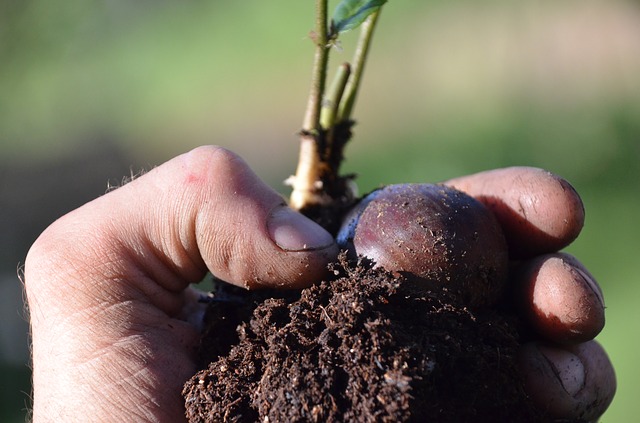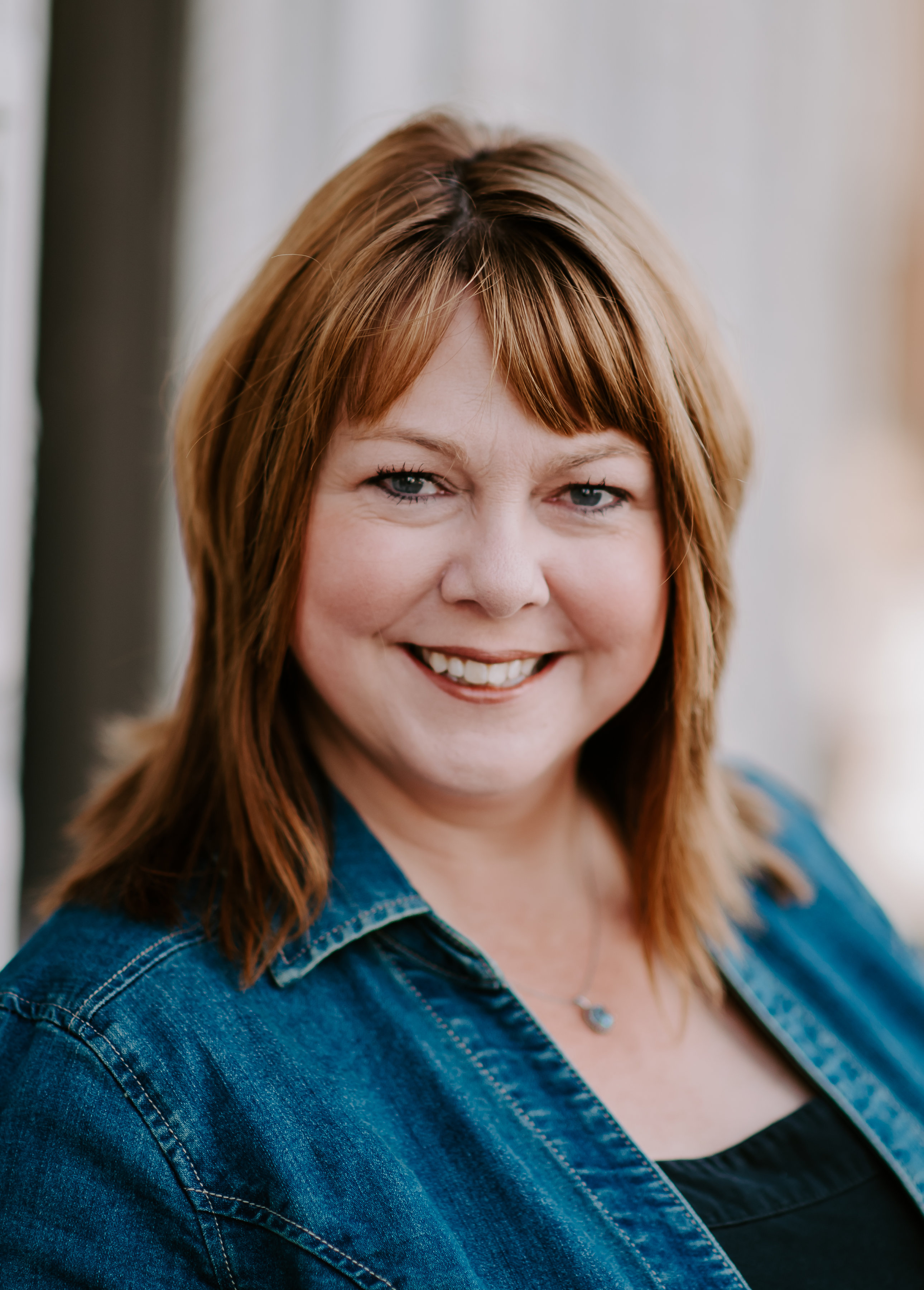Augmented Reality Adventures in Teaching Horticulture
Published by: WCET | 5/22/2019
Tags: Course Design, Distance Education, Online Learning, Technology, Virtual/Augmented Reality
Published by: WCET | 5/22/2019
Tags: Course Design, Distance Education, Online Learning, Technology, Virtual/Augmented Reality
Today we welcome Shannon Riggs, Executive Director of Course Development and Learning Innovation for Oregon State University Ecampus. She is also the author of the forthcoming Thrive Online: A New Approach for College Educators (Stylus, 2019). Shannon shares with us a most fascinating and recent example of innovation — using Augmented Reality to teach Horticulture to online students. A sandbox, a virtual and dynamic topographical map, some additional equipment, and an adventurous spirit are required. Enjoy!
-Erin Walton, contract editor for WCET
When the expense request for a sandbox first came in, I was confused. In online education, the word “sandbox” usually means a course site in the learning management system where faculty and instructional designers experiment and test various course components before bringing them to a live class with students. However, these “sandbox” sites don’t usually require budget allocations; so I asked for more information.
It turned out that the request wasn’t for a sandbox course site, but a literal sandbox – a wooden box filled with sand.
“Um … how will this be used in an online course?” was my next question.
The answer turned out to be pretty exciting and transformative for a horticulture course delivered online by Oregon State University Ecampus. With a sandbox and some additional equipment, students in this class now have access to a virtual and dynamic topographical map that helps them visualize complex course concepts.
The course is titled Permaculture Design and Theory, aka HORT 285, and is taught by Andrew Millison. Permaculture is the study of sustainable landscape design, and concepts covered in the course are difficult to convey fully in text and still images. More specifically, the course explores the concept of the watershed, how a landscape divides into drainage units, where the drainage lines run, and how the water flows. It also introduces P.A. Yeoman’s Keyline Design technique and helps students learn to drought-proof farms and agricultural land.
When Millison teaches these concepts for traditional on-site courses, he brings students out in the field and does live demos, showing students how water flows through different kinds of soil and through different landscape features.
Conveying the same concepts in his online course was more challenging – until Oregon State Ecampus multimedia developer Nick Harper suggested adopting an open-source project created by researchers at UC Davis.
Millison was intrigued by the possibility of improving the content presentation in his course, and the team set to work. Aided by Ecampus videographer Drew Olson, the team assembled the system components, which included the following:
With the depth-sensing capabilities of the Microsoft Kinect, a dynamic topographical map is projected onto the sand surface. This is updated a few times per second, so as Millison sculpts the sand, the camera helps the program monitor the changes. The software uses that surface information to render contour lines and colors that the projector projects back down onto the sand.
At the same time, the software is also using the shape of the sand surface as a virtual container for a water simulation which gives Millison the ability to make virtual rainfall and direct standing “water” by physically reshaping the sand.
These learning objects are examples of augmented reality, which is similar to virtual reality. Virtual reality is when viewers are exposed to entirely virtual surroundings, such as when they don 3D headsets in a virtual reality game. In these experiences, they no longer see the real environments around them and see only the virtual environments that have been created digitally.

Augmented reality, however, is more like the popular Pokémon Go game. The real surroundings are visible, but are augmented with a virtual element with a smartphone. In this case, instead of a Pokémon Pikachu on a street corner, Millison’s students are seeing an augmented, simulated image, and dynamic topographical map overlaying a sandbox.
Millison has expertly woven the real and the virtual together. He has experimented with several improvements to the landscape to present the course information as realistically as possible. The team even went so far as to include live vegetation samples and 3D-printed trees in the landscape. The instructor was able to use these trees and other small objects in the construction of land formations.
These extra pieces worked to further illustrate environmental and agricultural concepts for students. For a vivid example, you can check out how Millison used the sandbox and trees to present the concept of Boomerang Swales.
The software is based in Linux, and therefore required some special computing hardware. The fluid simulation (arguably the best part of the experience) required a relatively expensive graphics card to run smoothly.
This new, improved content went live earlier this year, and early responses from students are promising. Students have called out the augmented reality sandbox videos as being very engaging and effective for conveying complex concepts. Millison is becoming accustomed to hearing feedback such as “Amazing!” and “by far the most informative” when inquiring from his students. And he’s even fielding questions about how viewers can create their own videos.
As the software is open-source, Oregon State Ecampus can potentially develop new interactions and functionality for future renditions. The team is currently looking into the possibilities beyond sand. For example, a tabletop cover for the sandbox might allow them to experiment with many more computer vision and augmented reality tools.
For now, they are thrilled that students are finding the study of permaculture even more engaging than before.

Shannon Riggs
Executive Director of Course Development and Learning Innovation
Oregon State University Ecampus
shannon.riggs@oregonstate.edu
